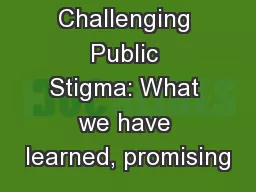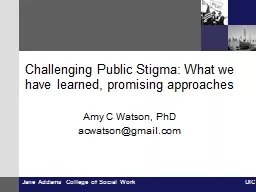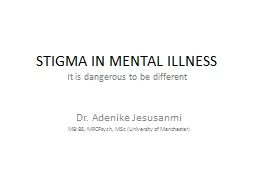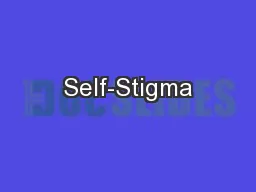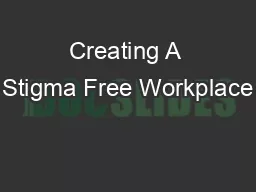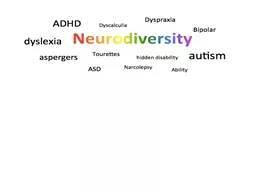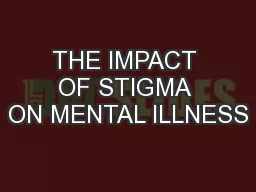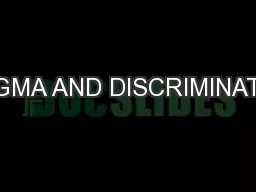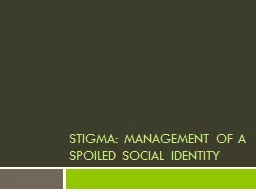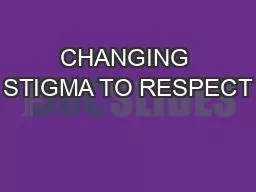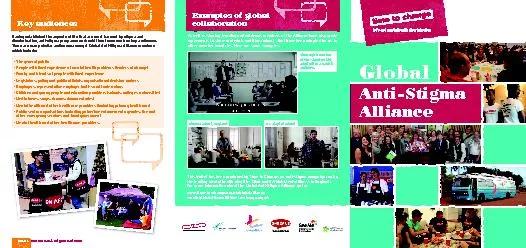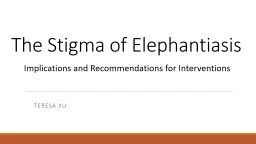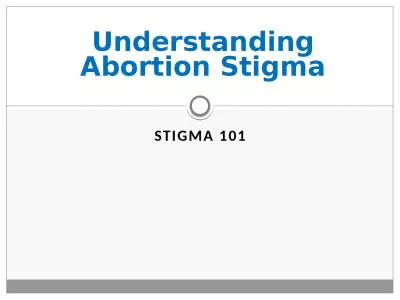PPT-Challenging Public Stigma: What we have learned, promising
Author : ellena-manuel | Published Date : 2017-01-12
Amy C Watson PhD acwatsongmailcom Overview Approaches to challenging public stigma The message matters Stigma and key groups A targeted model of stigma change Corrigans
Presentation Embed Code
Download Presentation
Download Presentation The PPT/PDF document "Challenging Public Stigma: What we have ..." is the property of its rightful owner. Permission is granted to download and print the materials on this website for personal, non-commercial use only, and to display it on your personal computer provided you do not modify the materials and that you retain all copyright notices contained in the materials. By downloading content from our website, you accept the terms of this agreement.
Challenging Public Stigma: What we have learned, promising: Transcript
Download Rules Of Document
"Challenging Public Stigma: What we have learned, promising"The content belongs to its owner. You may download and print it for personal use, without modification, and keep all copyright notices. By downloading, you agree to these terms.
Related Documents

